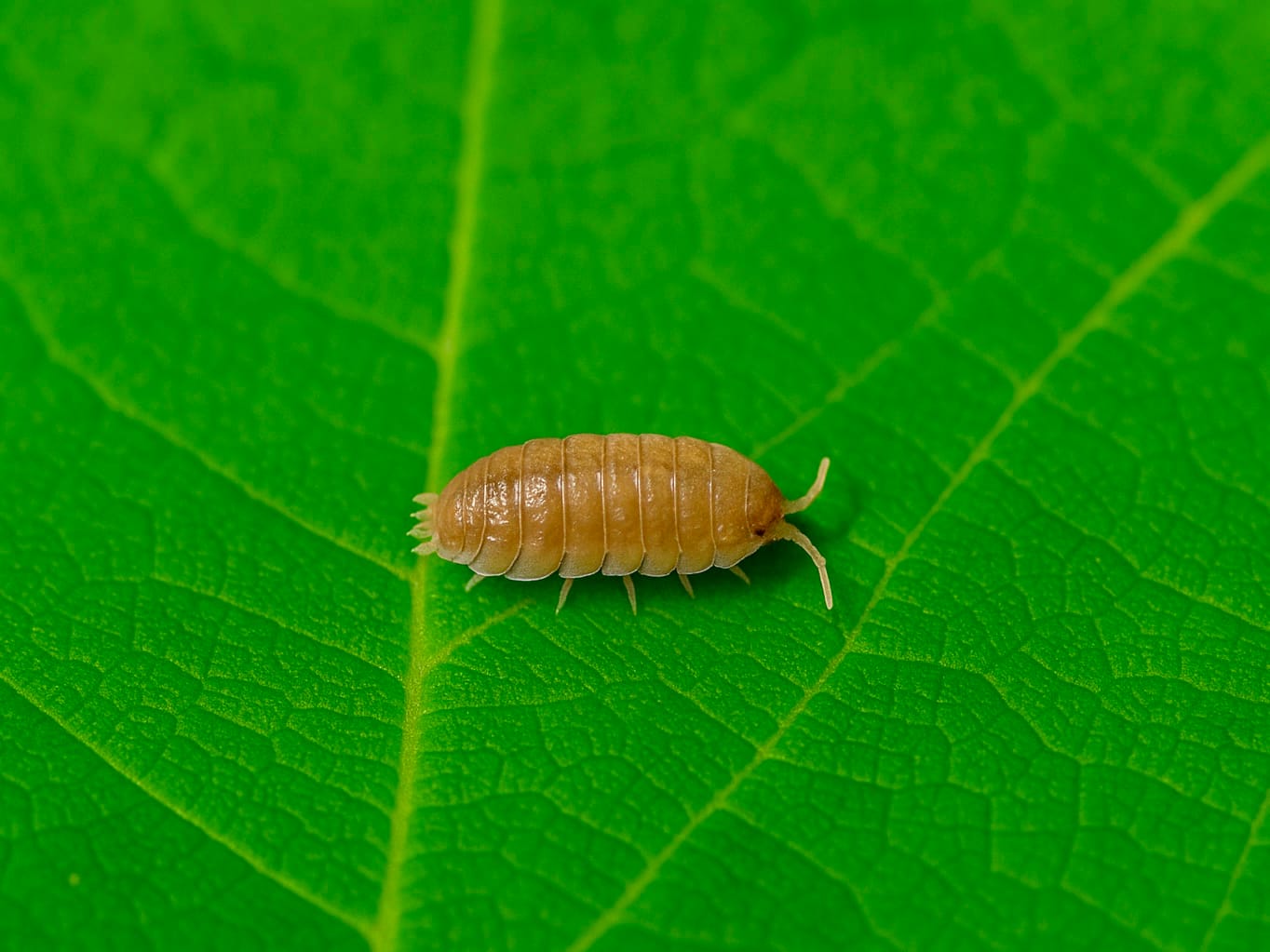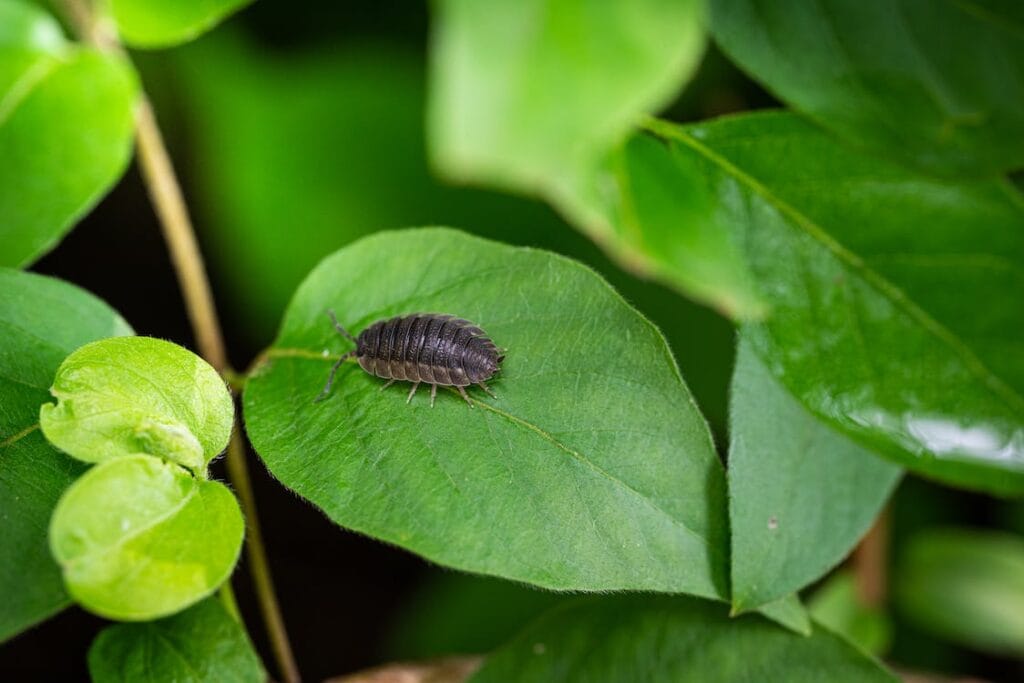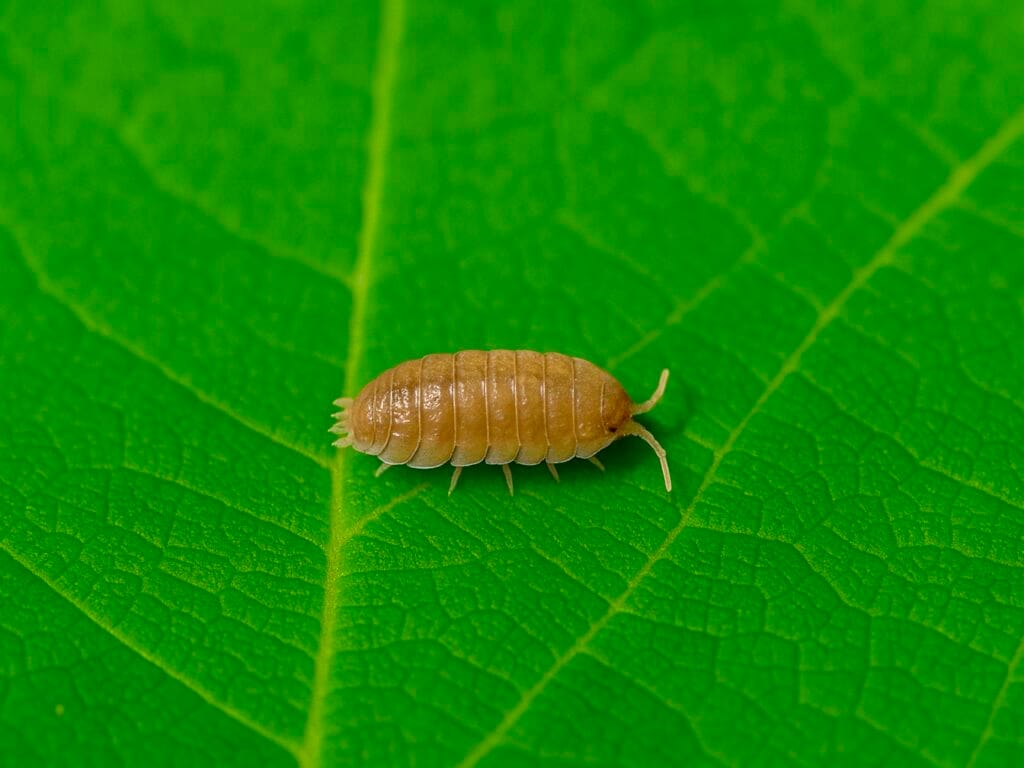Your cart is currently empty!

Isopods in Your Terrarium – A Beginner’s Guide
If you’ve ever wondered how to create a truly self-sustaining, bioactive terrarium, isopods are a must. These tiny crustaceans may look like miniature armadillos, but they’re actually one of the best clean-up crews you can add to your setup.
In this beginner’s guide, we’ll cover everything you need to know about isopods — what they are, what they do, and how to keep them thriving inside your terrarium.
What Are Isopods?
Isopods are small, segmented crustaceans that live in moist environments. Commonly known as woodlice or pill bugs, they’re found naturally in forests, gardens, and compost piles.
In terrariums, they play a key role in maintaining balance by breaking down waste, aerating the substrate, and enriching the soil. Most species used in bioactive setups are tropical or temperate and can live entirely within a closed system.
Why Add Isopods to Your Terrarium?
Isopods act as recyclers, breaking down dead plant matter and waste into usable nutrients.
🌿 Break down leaf litter, mould, and decaying organic material
🌿 Improve soil aeration and structure
🌿 Contribute to nutrient cycling
🌿 Support bioactive ecosystems alongside springtails and beneficial microbes
🌿 Help control mould and unwanted pests (like fungus gnat larvae)
With the right setup, isopods will maintain themselves and contribute to a healthier, lower-maintenance ecosystem.
Which Isopods Are Best for Terrariums?
There are many species of isopods, but some are better suited for terrarium life than others. Here are the most popular choices:
🌿 Grey Scaber (Porcellio scaber) – A hardy and adaptable species. Great for beginners. These isopods are excellent decomposers and do well in most terrarium conditions.
🌿 Orange Scaber (Porcellio scaber var. orange) – A vibrant colour morph of the classic grey scaber. Just as easy to care for, with a bright pop of orange that makes them easier to spot in the substrate.
🌿 Powder Blue Isopods (Porcellionides pruinosus) – Active, fast-breeding, and visually striking. These are a favourite for tropical terrariums thanks to their humidity tolerance and cleaning power.
🌿 Dwarf White Isopods (Trichorhina tomentosa) – Tiny, burrowing isopods that thrive in closed, humid terrariums. Excellent paired with springtails. Often used in frog and gecko vivariums.
🌿 Zebra Isopods (Armadillidium maculatum) – Popular for their striking black-and-white stripes. A little more temperate and slower to breed, but a beautiful display species for well-ventilated terrariums.
👉 We currently stock Grey Scaber, Orange Scaber, and Powder Blue isopods — all beginner-friendly, hardy, and great for closed or bioactive setups.


How to Introduce Isopods to Your Terrarium
- Prepare the terrarium – Make sure humidity is stable and there’s a layer of leaf litter or moss.
- Open the culture container – Tap or scoop the isopods directly onto the substrate.
- Distribute gently – Spread them evenly across the base.
- Add leaf litter – This provides food and shelter while they settle in.
Isopods often burrow or hide when first introduced, so don’t worry if you don’t see them right away.
How to Care for Isopods
Isopods are hardy and low-maintenance, but they still need a stable environment:
💧 Humidity – Keep the substrate moist, especially the lower layers
🌡️ Temperature – 18–26°C is ideal, depending on the species
🍽️ Feeding – Supplement with leaf litter, decaying wood, or vegetable scraps
🌿 Habitat – Add bark, cork, or moss for cover and breeding spot
♻️ Balance – Pair with springtails to handle softer waste and keep things in check
Can You Culture Isopods Separately?
Yes. Culturing isopods in a separate container is a great way to maintain a backup colony or scale up your population.
To culture them:
- Use a ventilated plastic tub with a secure lid
- Add a layer of moist coco coir or soil
- Include bark, leaves, and hiding spots
- Introduce your isopods and feed lightly
- Maintain humidity and avoid flooding the substrate
Over time, you’ll have a steady supply to introduce to new terrariums or share with other hobbyists.
Where to Buy Isopods in Australia 🇦🇺
We’re currently working on expanding our bioactive collection to include beginner-friendly isopods like Dwarf Whites and Powder Oranges.
Until then, keep an eye on our Bioactive Supplies section and follow us on social media for launch announcements.
Shipping will be available Australia-wide with careful packaging to ensure your colony arrives safely.
🧠 Frequently Asked Questions About Isopods
Are isopods safe for plants?
Yes! Isopods prefer dead organic matter, leaf litter, and decomposing materials. But if there is none available, they have been known to nibble at your plants.
Can I mix isopods and springtails?
Absolutely. They work well together — springtails handle micro-debris and mould, while isopods tackle larger waste.
Do isopods breed quickly?
Some species do. Dwarf Whites, for example, reproduce rapidly under ideal conditions. Others, like Zebra Isopods, are slower and better for display.
Will they overrun my terrarium?
Not likely. Isopods regulate based on food and space. If the environment is balanced, their population will level out naturally.
Can isopods escape from a closed terrarium?
No. They can’t climb smooth glass and will stay inside as long as the lid is secure and the humidity is consistent.
Final Thoughts: Are Isopods Worth It?
Definitely. Isopods are essential to any thriving bioactive terrarium. They reduce waste, recycle nutrients, and help prevent mould and pest outbreaks — all while adding a bit of life and movement to your ecosystem.
For anyone building a long-term terrarium, vivarium, or mossy jungle in a jar, isopods are a no-brainer.
Explore our DIY Kits and Bioactive Supplies to start building a living ecosystem from the ground up.

Leave a Reply